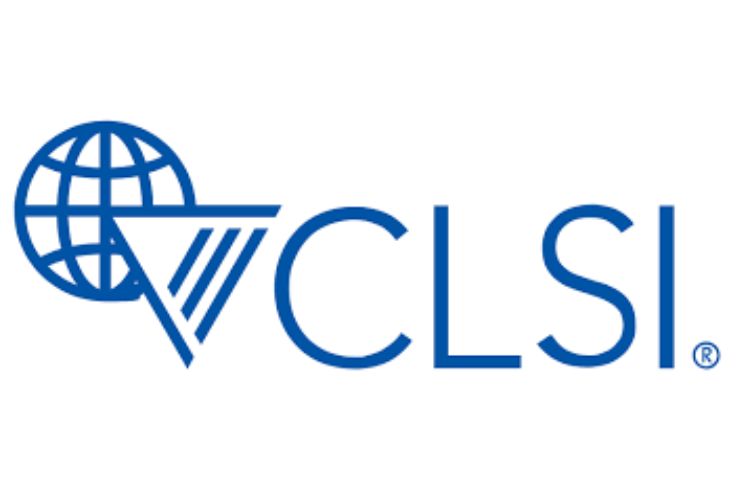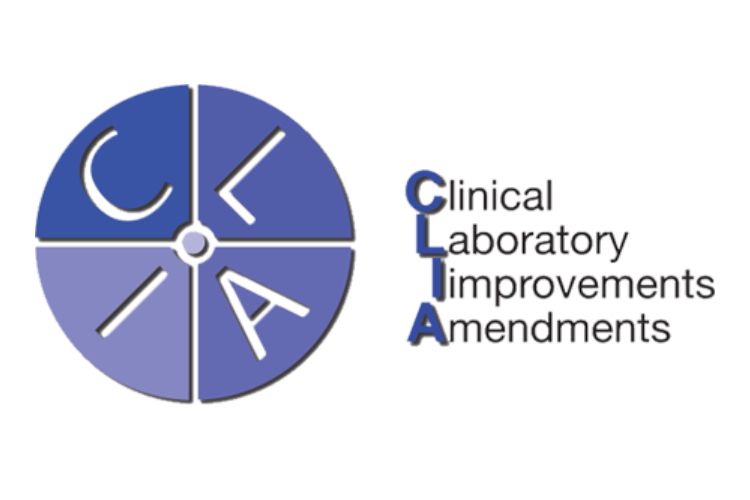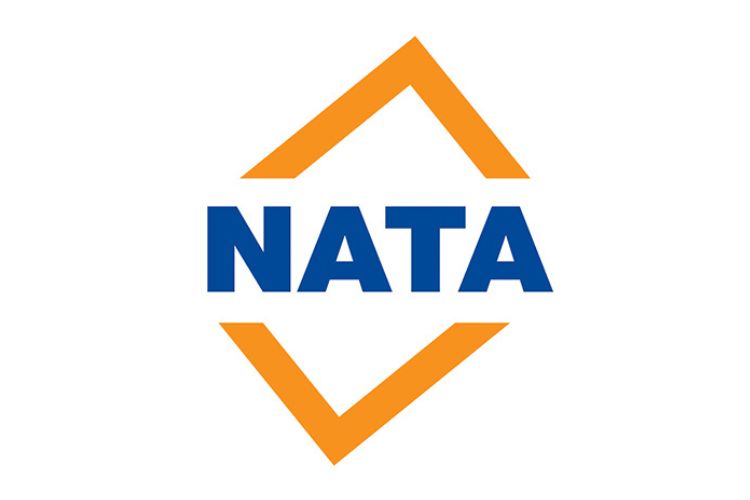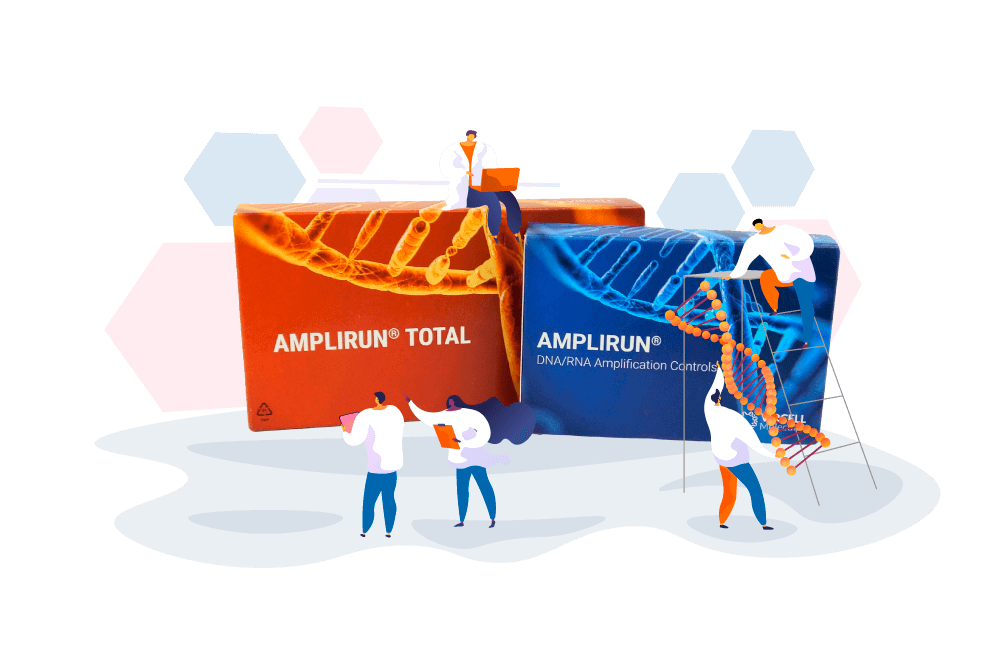In a clinical environment where diagnostic accuracy is crucial, it is no longer sufficient to rely solely on internal controls.
Robust external quality control standards are essential to ensure the reliability and consistency of your testing workflow.
Essential Role of External Controls in Molecular Biology
External controls are essential for ensuring the accuracy and reliability of molecular diagnostic testing. Unlike internal controls—which monitor only specific parts of the process, such as amplification—external controls evaluate the entire workflow, from nucleic acid extraction to final result interpretation. Moreover, external controls offer standardized, quantifiable, and stable reference material—something that clinical samples often lack due to limited availability, variability, and short shelf life. Using external controls not only enhances traceability and cross-platform comparability but also supports good laboratory practices and builds greater clinical confidence in diagnostic outcomes.
Overcome the limitation of clinical samples
Clinical specimens are often scarce, variable, unstable, and non-quantifiable, making them unreliable for quality assurance

Ensure cross-platform traceability
External QC controls validate the entire process, including personnel technique and sample handling, not just instrument function.

Detection of hidden NAAT process failures
External controls can identify weaknesses in nucleic acid amplification tests (NAAT) that internal controls might miss.

Be audit-ready, always
Evaluate compliance ahead of EQA rounds and build confidence with traceable external QC performance data

What Do International Guidelines Say About External Controls?
External controls are not just best practice—they are a requirement under international quality standards. According to ISO 15189, laboratories must “use quality control materials that react to the examining system in a manner as close as possible to patient samples”. This principle is echoed by Rili‑BÄK in Germany and other global guidelines, which emphasize that QC materials must closely mimic real patient specimens to ensure impartial performance assessment of assays, equipment, and personnel
Adopting external QC supports regulatory compliance, diagnostic validation, and builds confidence in lab performance across platforms.

“Use of independent third-party control materials should be considered, either instead of, or in addition to, any control materials supplied by the reagent or instrument manufacturer.”

“Quality control materials should be different from calibrators to ensure independent assessment of the entire measurement process.”

“Each test system must have control procedures that monitor the accuracy and precision of the complete analytic process.”

“Controls independent of those produced by the test manufacturer should be used”
Why AMPLIRUN?
AMPLIRUN® maximizes the value of external controls by developing molecular standards that closely mimic real patient samples in both collection and processing. Offered in lyophilized formats, AMPLIRUN® products are designed to challenge the entire molecular workflow — from extraction and amplification to detection — ensuring reliable performance at every step.
Our comprehensive portfolio covers major infectious disease syndromes, supporting laboratories in achieving robust, reproducible results with confidence.

Ready to validate your diagnostics with confidence?
External controls are not optional—they are essential for laboratories aiming for excellence, compliance, and patient safety.
Choose AMPLIRUN® to strengthen every step of your molecular workflow.